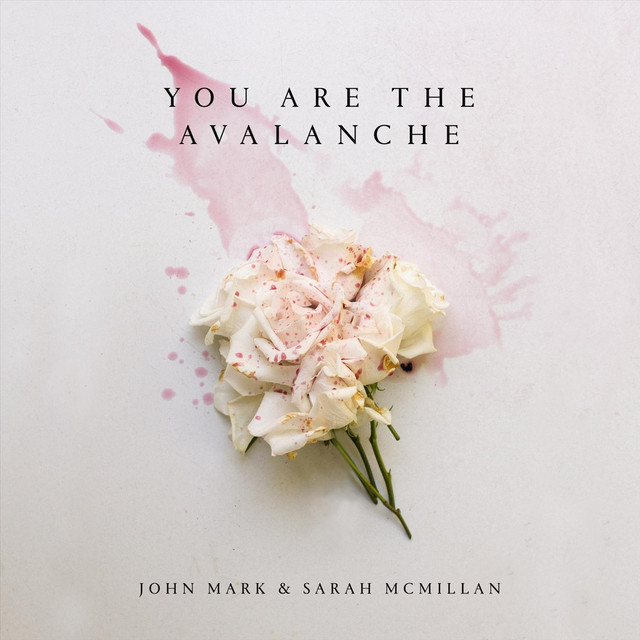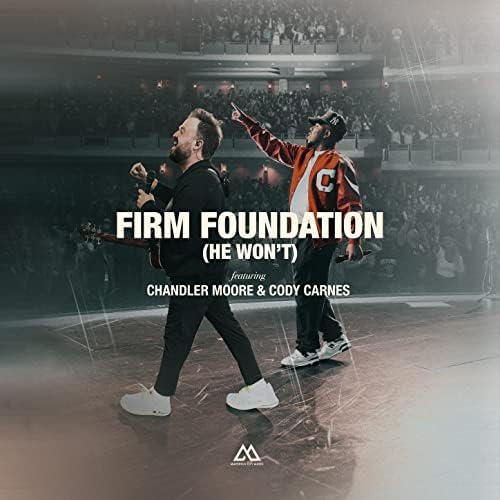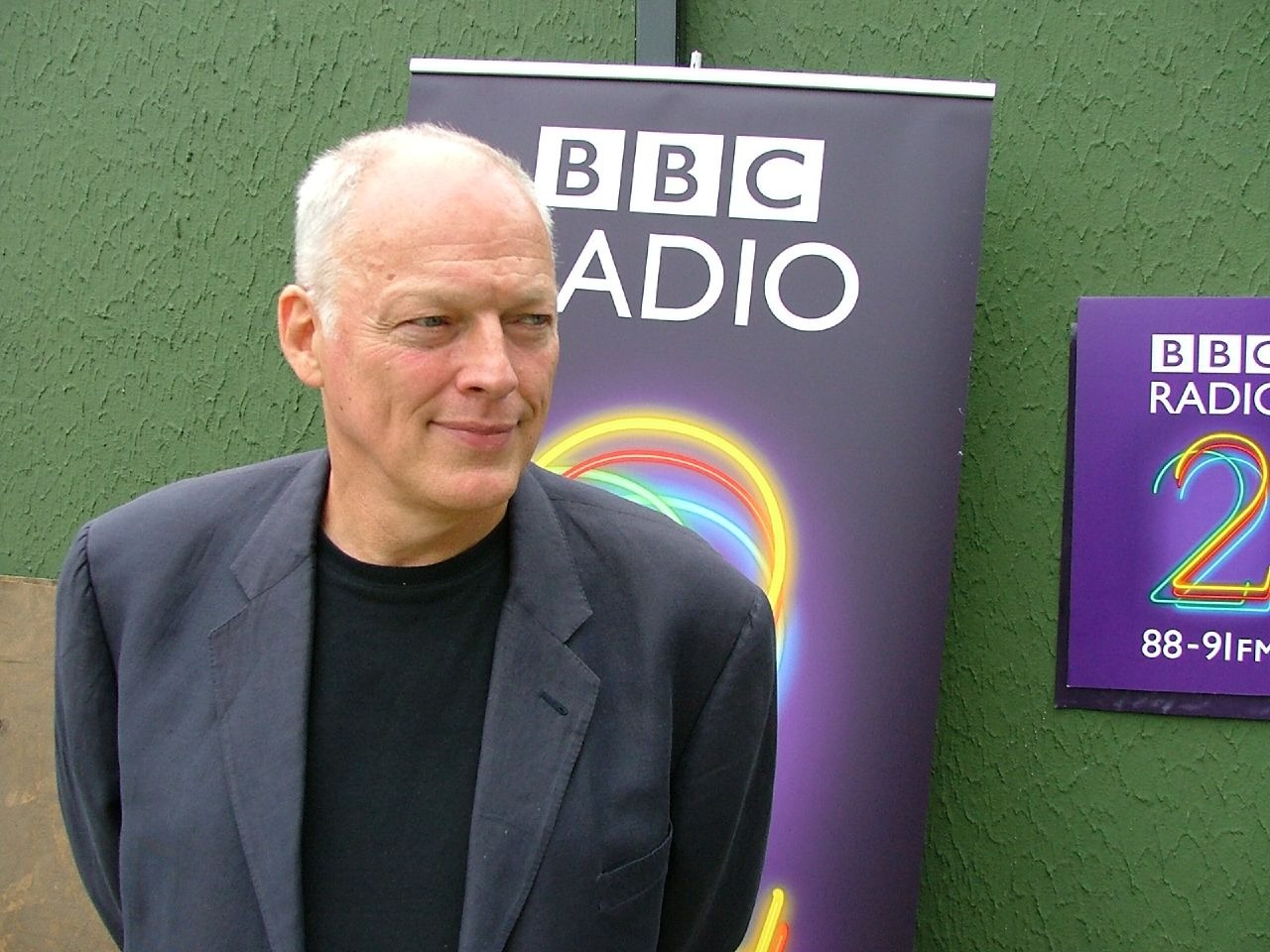
Worship music carries this bizarre duality – simultaneously the most emotionally vulnerable genre in modern music. Behind every mega-church production lurks the unspoken question: who gets excluded when worship requires technical mastery? Worship education experts behind First 50 Worship Songs on Guitar challenge this gatekeeping through simplified arrangements. Accessible worship transcends mere melody; it dismantles the barriers between spirit and sound. The right songs transform gatherings from passive consumption into collective spiritual rebellion, which explains why experts from PraiseCharts show these accessible songs consistently outperform complex alternatives.
Songs that accommodate diverse abilities aren’t charity cases. When tempos accommodate varying physical capabilities and chord progressions don’t require fingers twisted similar to a Twister champion, something magical happens. The focus shifts from performance to presence.
9. 10,000 Reasons (Bless The Lord)

Matt Redman’s “10,000 Reasons” stands as the rare modern worship standard that guitar teachers unanimously recommend to beginners. The G-D-Em-C progression creates a musical home base where new players build confidence through repetition without boredom. This masterclass in accessible songwriting challenges the worship industry’s equation of complexity with spiritual depth. The melody flows with natural speech patterns rather than forced vocal gymnastics, inviting participation rather than spectatorship.
Beginning guitarists develop rhythmic identity through the down-down-up-up-down-up strumming pattern at 72 BPM, building muscle memory that transfers to countless other songs. Worship leaders across denominational lines report this song functioning almost therapeutically in congregations, creating space for genuine gratitude practice rather than manufactured emotion. Its cross-cultural resonance proves the most spiritually powerful songs often wear the simplest musical clothes. The combination of melodic accessibility and lyrical depth explains its immediate adoption into the modern worship canon, where it continues providing entry points for musicians developing both technical skill and spiritual vocabulary.
8. King Of My Heart

John Mark and Sarah McMillan created the worship equivalent of the perfect black t-shirt with “King of My Heart” – deceptively simple, endlessly versatile, and somehow always fitting the moment. The G-D-Em-C progression forms a circular pattern that mirrors the song’s thematic journey toward surrender. This songwriting masterclass delivers emotional depth without technical gatekeeping, challenging the industry’s equation of complexity with spiritual maturity. The melody navigates these chords similar to how great dialogue reveals character without explaining everything.
Dynamics make this song breathe – playing softly during verses before building intensity into the “You are good” refrain creates emotional architecture without requiring advanced techniques. The 74 BPM tempo provides the perfect canvas for expressing passionate devotion without rushing. Small churches without professional musicians report this song creating unexpectedly powerful worship moments, proving that heartfelt authenticity trumps technical perfection. The song’s structure supports rather than constrains emotional expression, similar to how the best movie soundtracks enhance narrative without distracting from it.
7. Graves Into Gardens

Elevation Worship created the musical equivalent of emotional alchemy with “Graves into Gardens” – transforming mourning into dancing through four carefully chosen chords. The B-G#m-E-F# progression creates a tonal landscape where resurrection feels not just possible but inevitable. Brandon Lake, Chris Brown, Steven Furtick and Tiffany Hammer crafted a song that challenges the false dichotomy between accessibility and emotional power. The melody navigates these chords similar to how hope navigates through grief – not denying darkness but transforming it.
The capo trick (4th fret, play G-Em-C-D shapes) unlocks this song for developing players still building barre chord strength. Beginning at 70 BPM allows for mastering clean transitions before attempting performance tempo. Worship teams report this song creating almost transcendent moments of corporate declaration, with congregation participation exceeding 75% when using it. The dynamic build cultivates emotional investment without manipulation. Like those film scenes where soundtrack perfectly mirrors character transformation, “Graves into Gardens” aligns musical and spiritual journeys toward redemption.
6. Way Maker

Sinach’s “Way Maker” accomplished the nearly impossible – creating genuinely global worship music that transcends cultural, denominational, and technical boundaries. The E-B-C#m-A progression provides a universal language spoken by guitarists from megachurches to village gatherings. This anthem democratizes worship participation through melodic accessibility while maintaining theological depth. African songwriters rarely receive proper credit for revolutionizing Western worship, but this song’s undeniable impact forced the industry to pay attention.
The simplified B chord (x2444x) offers beginners a workaround while developing barre strength, similar to how training wheels enable the joy of cycling before mastering balance. Capo at the 4th fret allows playing in comfortable G position while maintaining the song’s essential character. Churches across continents report this song creating immediate congregational engagement regardless of prior exposure, often achieving full participation by the second chorus. Its cross-cultural resonance proves worship’s power emerges not from technical complexity but from universal human experiences of struggle, hope, and divine encounter.
5. Amazing Grace (My Chains Are Gone)

Chris Tomlin’s reimagining of “Amazing Grace” accomplished what seemed impossible – refreshing the world’s most recognized hymn without sacrificing its soul. The G-C-D-Em progression creates a contemporary framework for timeless truth, challenging worship’s occasional amnesia about its own history. This arrangement bridges divided worship cultures by honoring tradition while embracing accessibility. The 3/4 waltz feel provides rhythmic distinction in a 4/4-dominated worship landscape.
Beginning guitarists develop timing awareness through the song’s gentle 68 BPM pulse, counting “1-2-3” while strumming to internalize the waltz pattern. These arrangements build on decades of worship evolution, standing alongside worship anthems that shaped the decade in their ability to unite voices of every age. Churches report near-universal participation with this song, often exceeding 98% engagement regardless of demographic composition. Its cross-generational appeal disproves the marketing-driven narrative that only new songs generate spiritual energy. The simplified chord structure supports rather than diminishes the song’s emotional impact, similar to how black-and-white photography sometimes captures deeper truth than full color. This enduring arrangement proves accessibility doesn’t mean artistic compromise – sometimes it means distilling something to its powerful essence.
4. Goodness Of God

Bethel Music’s “Goodness of God” delivers what tech bros promise but rarely deliver: genuine simplicity without sacrificing emotional depth. The four-chord structure (G, C, Em, D) feels almost rebelliously minimalist in today’s era of worship music complexity creep. Jenn Johnson wrote a song that demolishes the myth that spiritual impact requires technical gymnastics. The melody rides these chords similar to a surfer who’s found the perfect wave – seemingly effortless while carrying profound momentum.
Most worship guitarists develop a Stockholm syndrome relationship with challenging songs, defending their complexity while secretly drowning in them. Not here. At 70 BPM, even absolute beginners can find their footing. Congregations respond with near-universal participation when this song drops, creating those rare moments when the manufactured cool of performance dissolves into something real. No wonder guitar instructors use it as gateway drug to worship playing – it builds confidence faster than a TikTok affirmation montage.
3. Speak Jesus

“Speak Jesus” arrived as the antidote to worship music’s occasional descent into emotional manipulation without substance. Charity Gayle crafted a song that gets straight to the point with zero pretense. The G-D-Em-C progression carries the melody similar to how a simple frame highlights powerful art rather than competing with it. This song strips away production excess to spotlight the central message – when everything falls apart, speaking Jesus’ name creates its own kind of sanctuary.
New guitarists gravitate toward this song’s gentle 68 BPM pace, where clean transitions matter more than speed. The breathing room between lyrical phrases creates natural spaces for reflection – something increasingly rare in our notification-saturated world. Worship leaders report this song functioning almost medicinally in services focused on healing or comfort. The environment tangibly shifts when communities sing these straightforward lyrics together, reminiscent of how movie scenes suddenly clarify when background noise drops away and the essential dialogue emerges.
2. Firm Foundation (He Won’t)

Maverick City Music created the worship equivalent of comfort food with “Firm Foundation” – familiar ingredients transformed into something that hits deeper than expected. The C-G-Am-F progression feels like reuniting with old friends who’ve somehow grown cooler with age. Chandler Moore and Cody Carnes tapped into the universal experience of needing solid ground when everything liquefies beneath your feet. The biblical building-on-rock metaphor resonates across denominational lines similar to how comfort songs cross genre boundaries.
The slightly accelerated 82 BPM tempo presents the perfect challenge for developing players – accessible but not boring. Guitar teachers recommend starting with just C and G before adding the full progression, similar to how you’d approach weight training with proper form before adding plates. Capo at the 5th fret unlocks this song for players still building hand strength. Churches report this song creating an almost physical shift in service atmosphere, with congregations visibly relaxing into the reminder that some things remain unshaken when everything else trembles.
1. Here I Am To Worship

“Here I Am to Worship” arrived as the missing link between hymn tradition and contemporary expression, creating musical common ground where generational worship wars could find cease-fire. The D-A-G-Em progression feels simultaneously timeless and current, bridging stylistic divides through melodic accessibility. Tim Hughes crafted a song that challenges the false dichotomy between depth and simplicity, offering theological substance without technical barriers. The melody moves with natural reverence rather than forced intensity.
Fingerpicking transforms this song from ordinary to atmospheric, with beginners practicing thumb-finger independence at 70 BPM before attempting full performance. The song adapts across musical contexts similar to how great stories resonate regardless of medium – from acoustic simplicity to full band arrangements. Multi-generational churches report this song creating rare moments of unified expression across age demographics. Its balanced simplicity – technically accessible yet theologically rich – explains its enduring presence two decades after release, outlasting countless worship trends while maintaining cultural relevance.





















